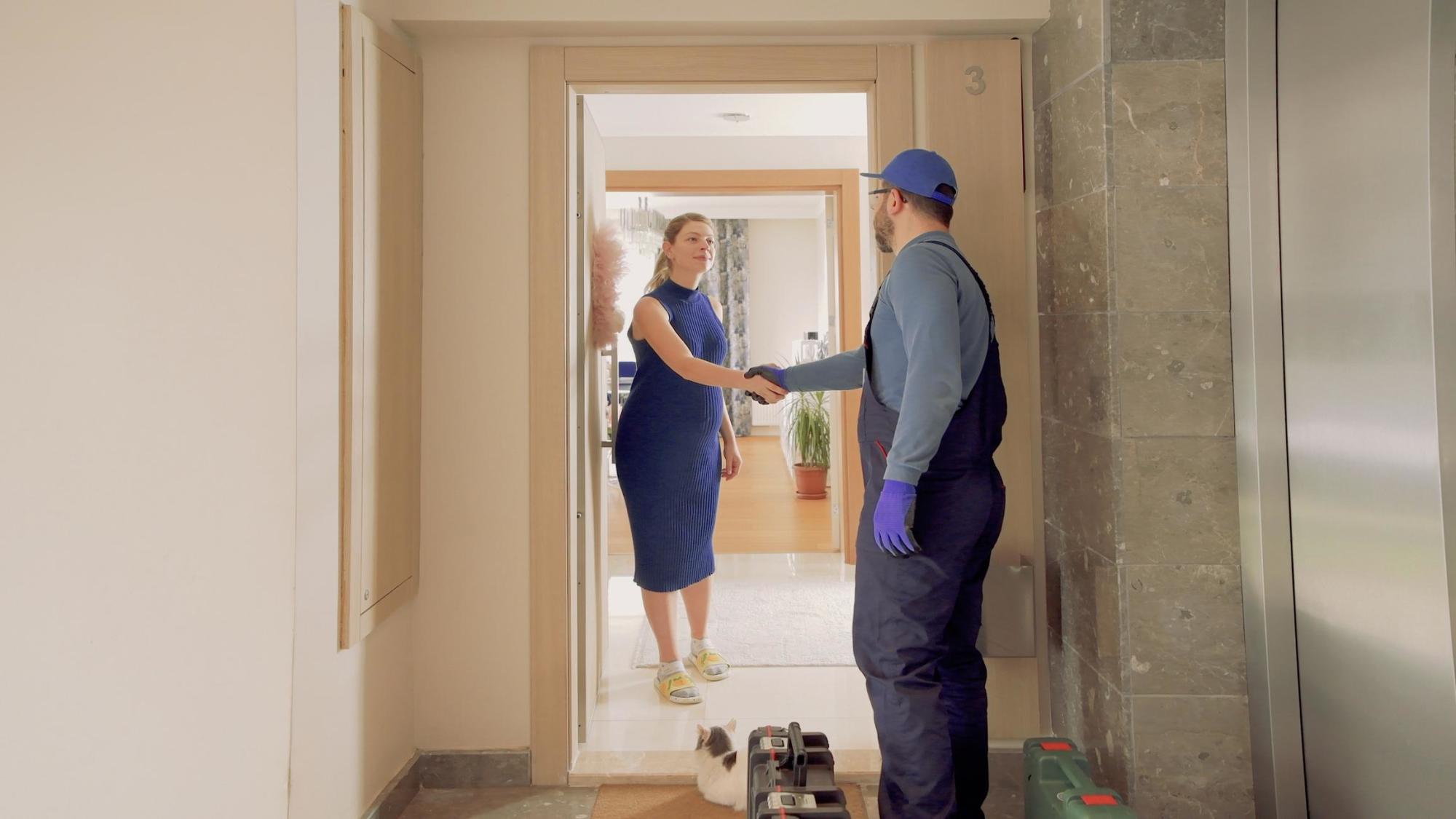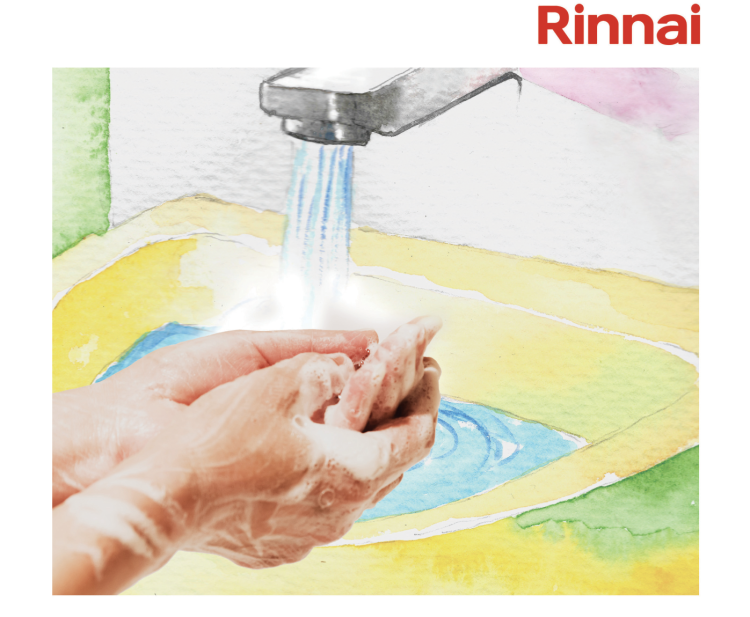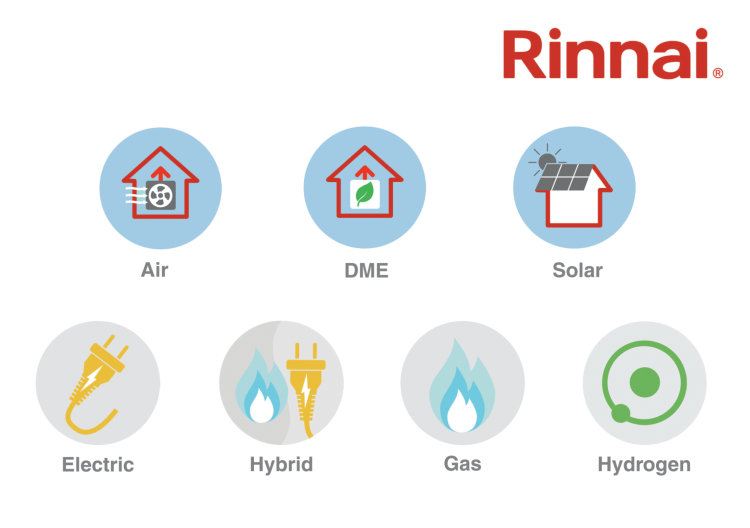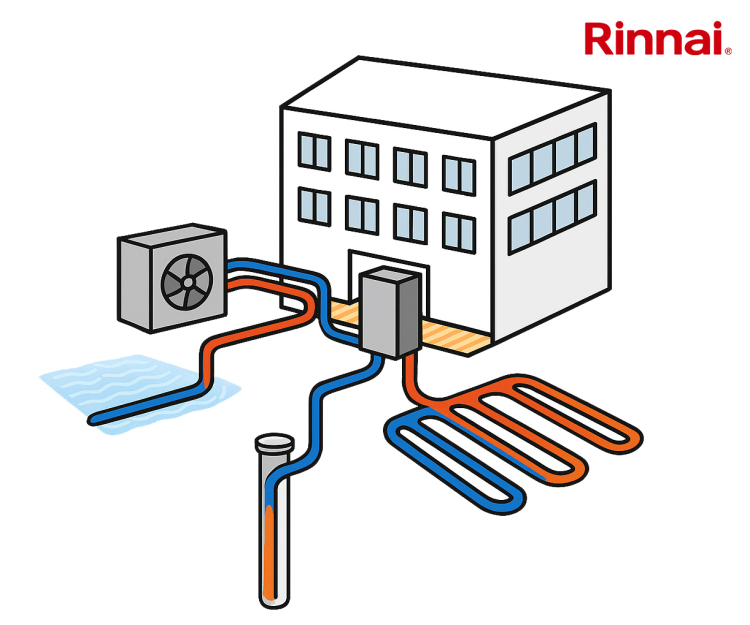- Content
- Opinion
- Regulator of Social Housing Reveals Increasing Focus on Stock Condition
04 August 2023
Emma Mahy summarises the main findings of the final analysis of the Regulator of Social Housing’s report into damp and mould in social housing
Released on 28 June 2023, the final analysis and conclusions of the report into damp and mould in social housing are now available. Conducted by the UK Regulator for Social Housing, this report aims to assess the prevalence of damp and mould problems in over four million social housing properties. In the foreword of this report, Chief Executive of the Regulator for Social Housing, Fiona MacGregor, encourages housing teams to challenge their current practices:
“I encourage boards, counsellors, and management teams to read [this report] carefully and ask themselves challenging questions about how they could make improvements to what they currently do. As well as tackling damp and mould issues, it is vitally important that landlords look at how they manage the condition and quality of the tenants' homes in the round."
Throughout the report, there is a clear focus on monitoring and evidencing stock condition. In this Opinion piece, Emma Mahy, CEO of monitoring technology company IoT Solutions Group, summarises the main findings of this final analysis and discusses how monitoring technology can help landlords continually assess stock condition.
Emma has extensive technology and project management experience, including managing the UK roll-out of the Sigfox LPWAN network. She launched IoT Solutions Group in 2018 to fill the gap in the market for an end-to-end IoT solutions provider. Their client base includes Biffa, NHS Trusts, Local Authorities and Taking Care.
Regulator of Social Housing’s Report into Damp and Mould in Social Housing – Learning the lessons
Appropriately titled "Learning the lessons", this article focuses on the findings, conclusions and outlook for tackling damp and mould in social housing. The overall findings show a "mixed but improving picture". Governance, processes, operations and data systems are improving with some providers but were identified as weaknesses with others.
Assessing and monitoring stock condition is a continual theme throughout the report, with a concluding comment stating that: “High quality, comprehensive and up-to-date stock condition information is the foundation of strong asset management. Landlords cannot improve the quality of the homes tenants live in if they do not know what condition they are in and what investment they need."
Technology has enormous potential to deliver this vital stock condition data quickly, efficiently and economically, and therefore help deliver decent social housing. Newer technologies developed in collaboration with housing providers can now offer continual and automated damp, mould and fuel poverty risk detection and alerts for pence per day with minimal installation. These sensors' targeted datasets deliver efficiencies and enable housing providers to respond to those most at risk.
Councils like Kingston have implemented Internet of Things remote monitoring sensors to "nip problems in the bud before they happened [and] to give [them] a bigger understanding of what is going on inside properties". These sensors enabled the team to take a proactive approach so that preventative action could be taken quickly. They also used the sensors to monitor the impact of property improvements.
With the expectations placed upon landlords increasing and standards and regulations set to change in a matter of months, taking a proactive approach to stock condition data is more critical than ever. As well as assessing damp and mould risk, continual, automated temperature and humidity data can ensure the desired improvements from remedial works for tenants and landlords. Another benefit of proactive monitoring is assessing the most at-risk properties and different housing archetypes for prioritising remedial works.
In conclusion, the final analysis of the report on damp and mould in social housing highlights both the progress being made by social housing providers and areas for improvement. Accurate and timely stock condition data is crucial for effective asset management, and technology plays a key role in delivering this information efficiently. Proactive monitoring using modern sensors can quickly detect issues while prioritising remedial works, ensuring tenant well-being in this evolving regulatory landscape.
Picture: a photograph of two people shaking hands in the doorway of a residential property. One of the people has a toolkit and is wearing a work uniform. Image Credit: iStock
Article written by Emma Mahy | Published 04 August 2023
Share
Related Articles
Phase 1 of Awaab’s Law to Apply to Social Landlords from October 2025
Social landlords will be forced by law to investigate and fix dangerous mould and other emergency hazards in their housing stock.
From October 2025, social landlords...
Read Full Article
Wates Launches ‘Healthy Homes’ Division
Building and property maintenance company Wates has launched a new “healthy homes” service to help social housing landlords to reduce disrepair,...
Read Full Article
Awaab’s Law Could Force Social Housing Providers to Address Damp and Mould Faster
A consultation has been launched to explore introducing strict time limits for social housing providers to address dangerous hazards such as damp and mould....
Read Full Article
Poor Housing in England is Costing NHS £1.4 Billion a Year
A new report from the Building Research Establishment reveals that poor housing in the UK is costing the NHS £1.4 billion a year, with a further 2.6 million homes...
Read Full Article
Morgan Sindall Launches Machine Learning Software for Maintenance Insights
Morgan Sindall Property Services is to use a machine learning platform to provide social housing landlords and tenants with real-time insights to help them ensure...
Read Full Article
Phase One of Awaab’s Law Takes Effect
As of 27 October 2025, new reforms will force social landlords to address emergency hazards in their housing stock within 24 hours.
This is the first phase of...
Read Full Article
Why Are One in Ten Social Rented Homes in England Still Failing Basic Standards?
The current record of slow compliance with the government’s Decent Homes Standard is raising questions about how quickly and effectively Awaab’s Law will...
Read Full Article
BESA Supports Extension of Social Housing Safety Rules
The Building Engineering Services Association has welcomed the new government’s pledge to implement Awaab’s Law into the private rental...
Read Full Article
Maximising IoT Investments: 5 Essential Tips for Facilities Managers
Unlock the full potential of IoT in your facilities with these five expert tips, ensuring efficiency, cost-effectiveness, and enhanced management capabilities.
In this...
Read Full Article
Improvements to England's Worst Housing Stock Could Save NHS £13bn
Remedial work to England’s poorest quality housing could provide £135.5 billion in societal benefits over the next 30 years.
These benefits include...
Read Full Article

.gif)
.gif)


.gif)







.png)

